Leopards are often celebrated in the animal kingdom for their versatility as predators. Whether stalking prey in the dense forests of Southeast Asia or navigating the savannas of Africa, these majestic felines demonstrate an extraordinary ability to adapt to various environments and hunting challenges. This article explores why leopards are considered the most versatile predators in the wild by examining their unique adaptations, behaviors, and survival strategies.
A Wide Geographic Range
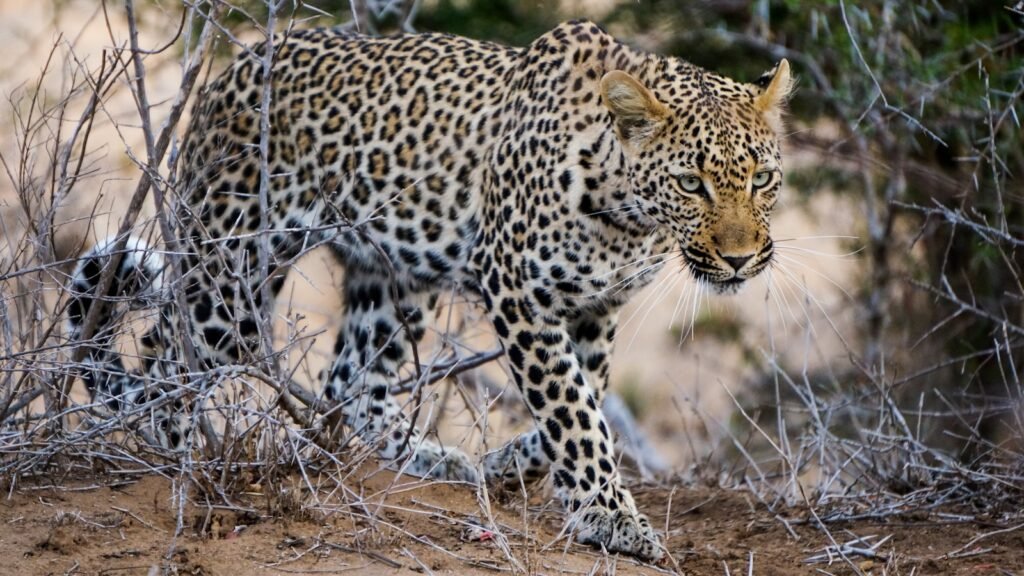
Leopards boast one of the largest geographic ranges of any big cat species, spanning across Africa and parts of Asia, including India, China, and the Russian Far East. This adaptability to various climates and habitats—from arid deserts to rainforest ecosystems—underscores their resilience and flexibility as predators.
Physical Adaptations for Stealth and Power

Leopards possess a remarkable combination of physical traits that make them formidable hunters. Their muscular build, coupled with a sleek and agile form, allows them to move silently and swiftly. Their powerful hind legs are designed for jumping and climbing, while their retractable claws enable them to grasp and hold onto their prey securely.
Camouflage and the Art of Invisibility
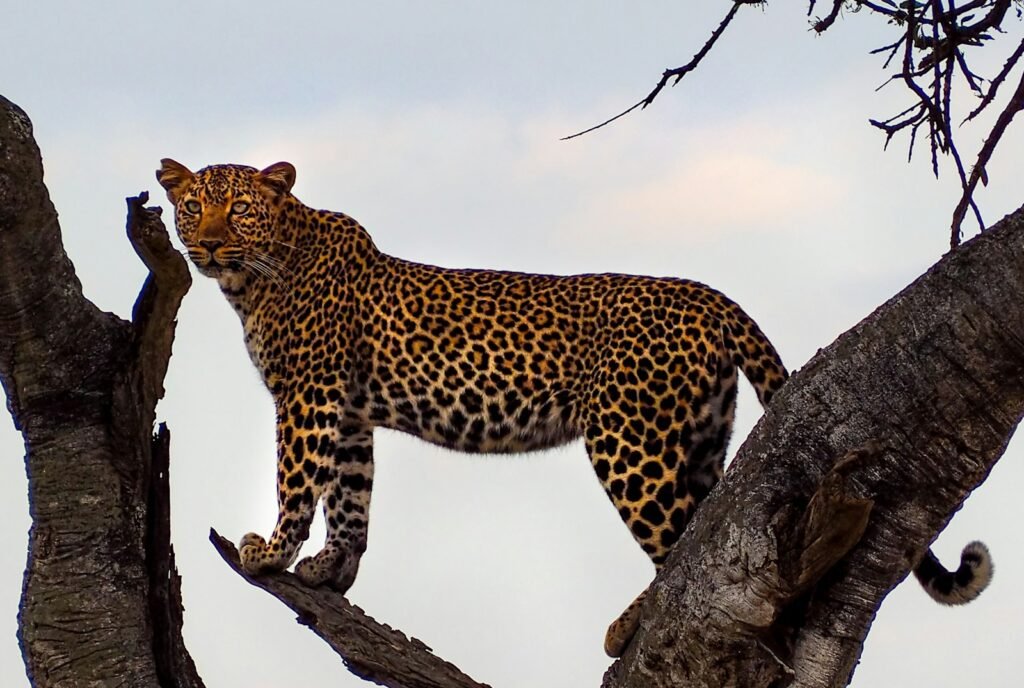
The spotted coat of the leopard is an excellent form of camouflage, helping them blend seamlessly into their surroundings. These rosettes and spots break up the outline of their bodies, making them difficult to detect in dappled light and during night hunts. This camouflage is crucial for stalking prey undetected until the moment to pounce arrives.
Keen Senses for Precision Hunting
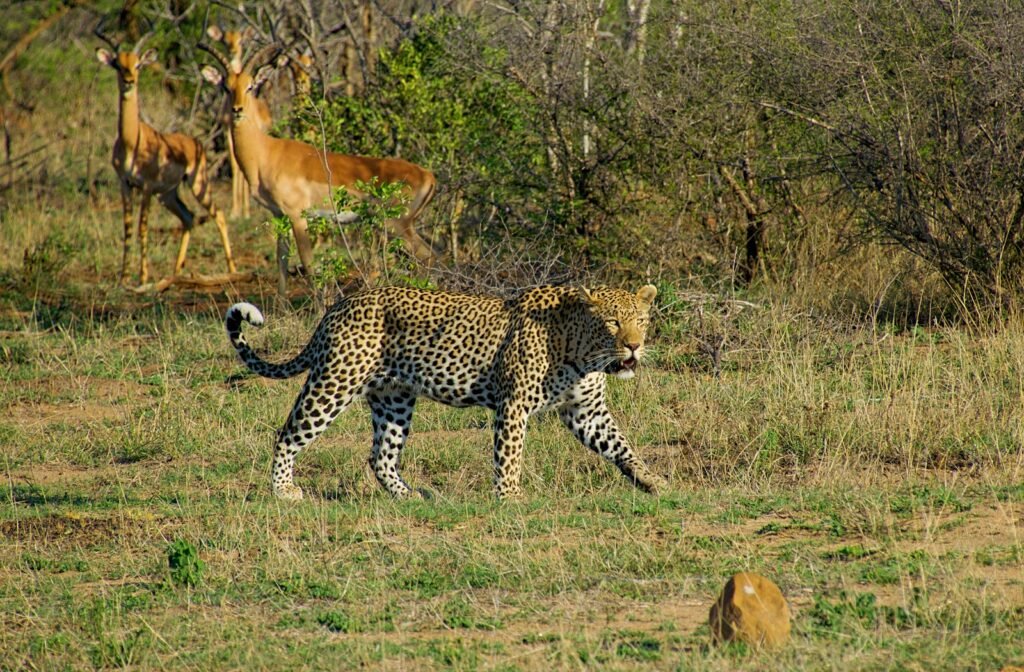
Leopards have highly developed senses that are essential for hunting. Their keen eyesight allows them to see in low light conditions, while their acute sense of hearing can detect even the faintest sounds of approaching prey. Furthermore, their sense of smell is crucial for marking territory and detecting rivals.
Solitary Yet Strategic Hunters

Unlike lions that hunt in prides, leopards are solitary hunters. This solitary nature requires them to rely solely on their own skill and cunning. They are opportunistic hunters, meaning they take advantage of the availability of different prey species, adjusting their hunting tactics to suit the situation. This strategy not only highlights their adaptability but also ensures their survival across diverse terrains.
Diverse Diet: More Than Just Carnivores
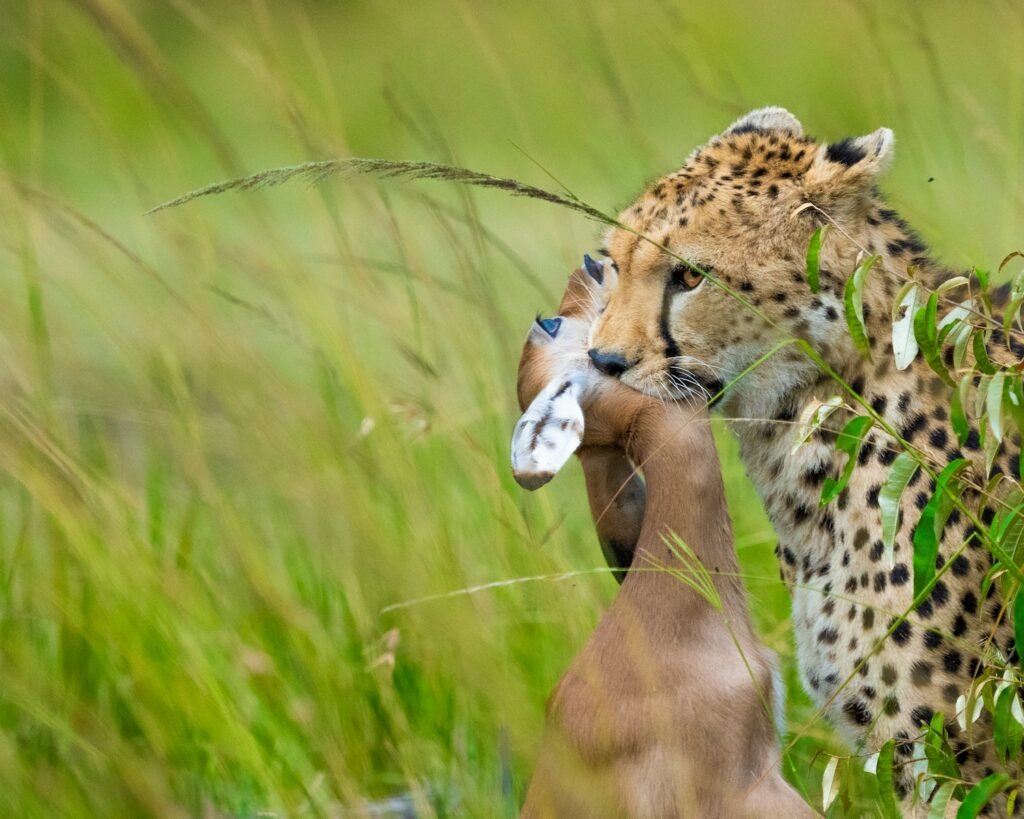
Leopards have an incredibly versatile diet, feeding on a wide range of animals. They can hunt mammals such as antelopes, deer, and warthogs, as well as birds, reptiles, and even insects if necessary. During periods of scarcity, they have been observed scavenging from other predators. This dietary flexibility allows them to thrive in various environments where other predators might struggle.
Climbing Savvy: The Arboreal Advantage
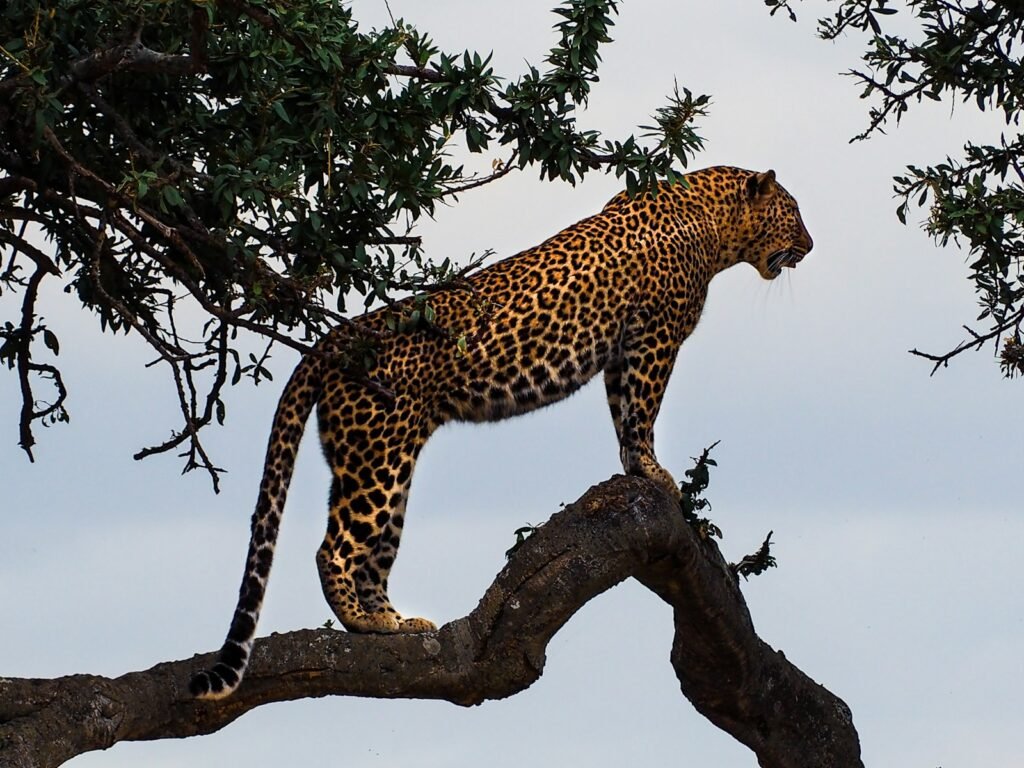
Leopards are adept climbers, often hauling their prey up into trees to keep it safe from scavengers like hyenas and lions. Their ability to navigate the forest canopy allows them to avoid confrontation and keep their meals for themselves. This arboreal lifestyle is a significant factor in their survival and success as one of the top predator species.
Surprisingly Adaptable Reproductive Strategies
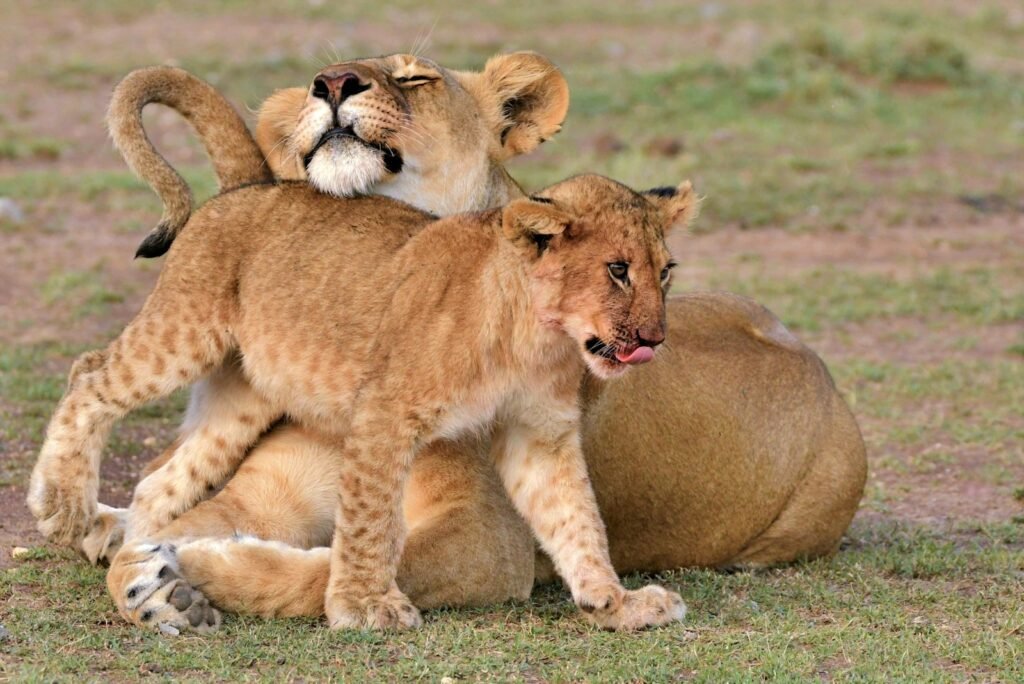
Leopards have several reproductive strategies that ensure their species’ continuity. Female leopards can adjust their reproductive cycles based on environmental conditions and prey availability. They nurture their cubs in secret dens, teaching them to hunt and survive on their own in a variety of landscapes.
The Impact of Human Activity: Challenges and Conservation
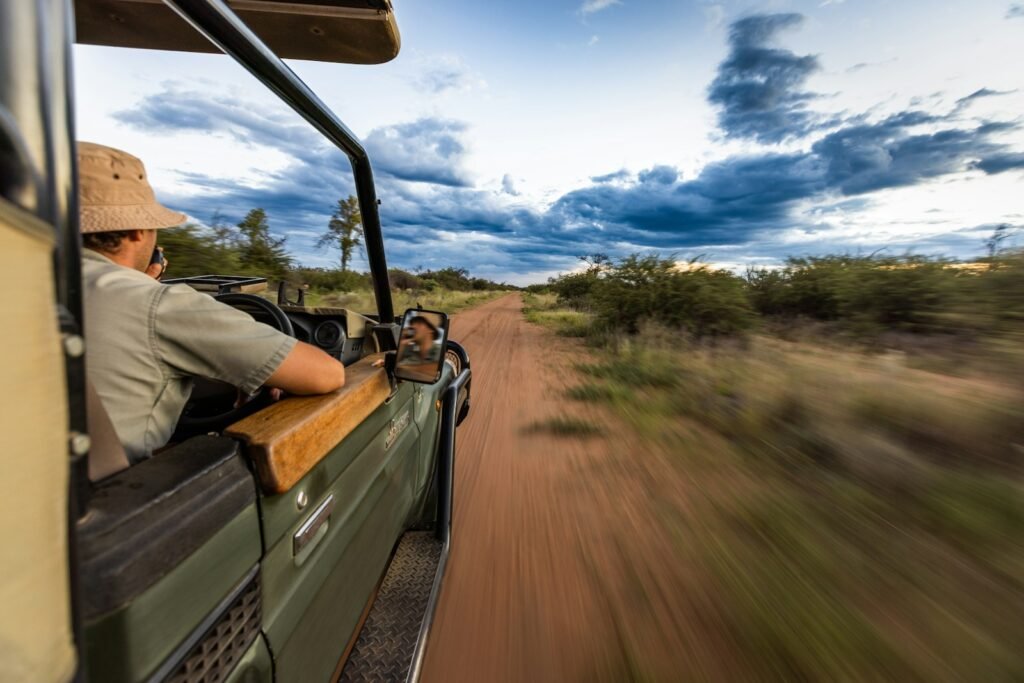
Despite their adaptability, leopards face significant threats from human activity, including habitat loss, poaching, and human-wildlife conflict. Conservation efforts are essential to protect their habitats and ensure that human expansion does not further endanger these magnificent animals. Education and community engagement are key components in ensuring the future of leopards within their natural ecosystems.
Conclusion: The Master of Survival
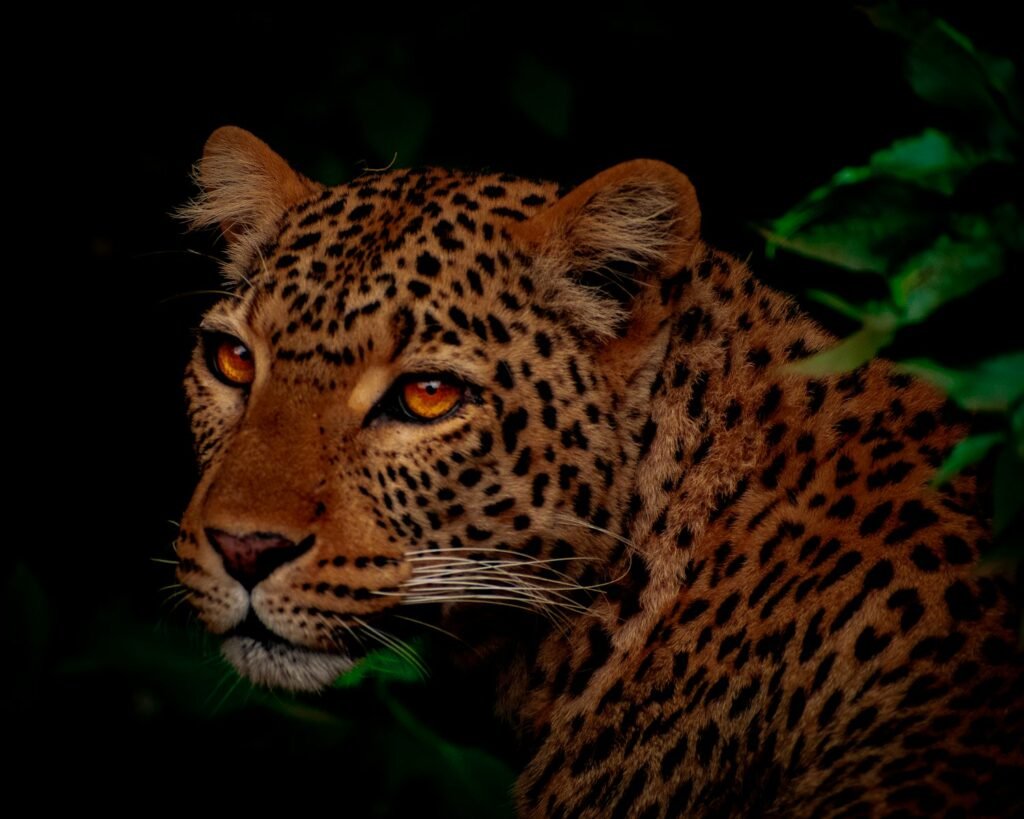
The leopard’s status as the most versatile predator in the wild stems from its unique ability to adapt physically and behaviorally to a multitude of challenges. From their stealthy hunting techniques and keen senses to their diverse diet and remarkable climbing skills, leopards exemplify the art of survival. Understanding and appreciating this adaptability can help promote conservation efforts and ensure that these incredible animals continue to roam the wild for generations to come.

Growing up traveling and experiencing new cultures and wonders, I have had a passion for nature, adventuring, photography, and videography. I am currently working towards a BSc in Biodiversity and Ecology at Stellenbosch University, and I hope to specialise in Marine Sciences one day.
Please send any feedback to Feedback@animalsaroundtheglobe.com






